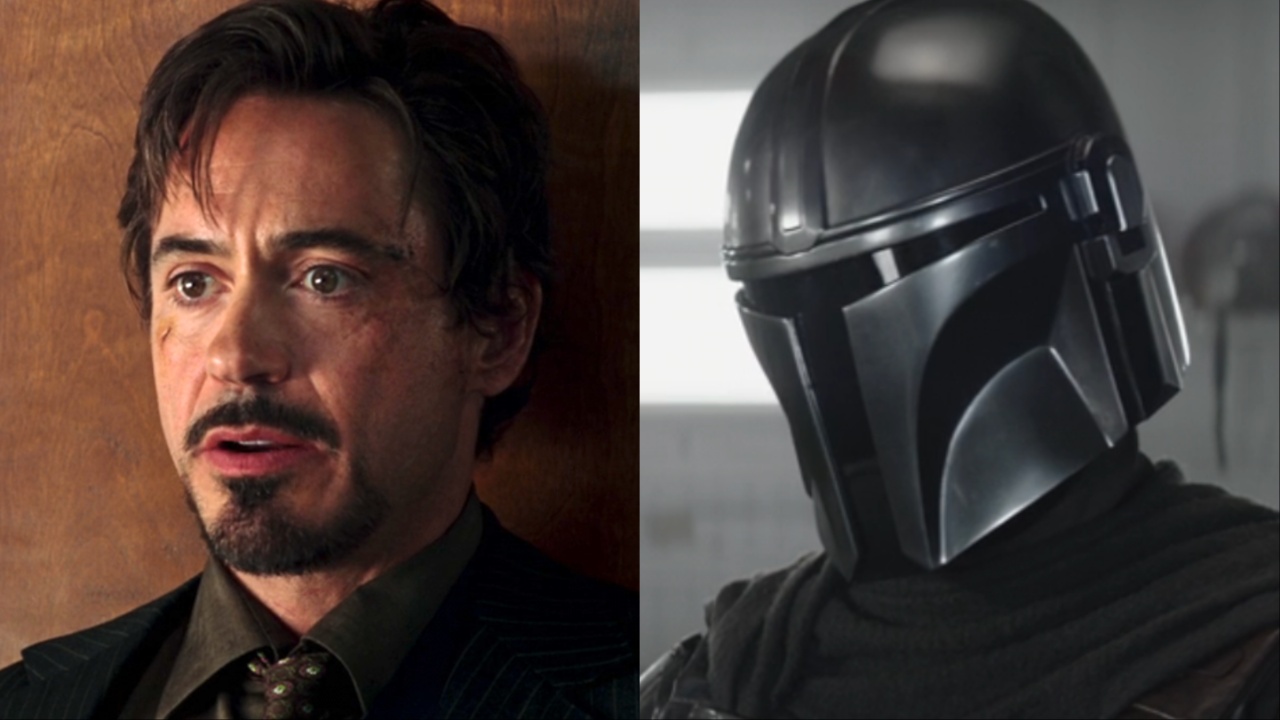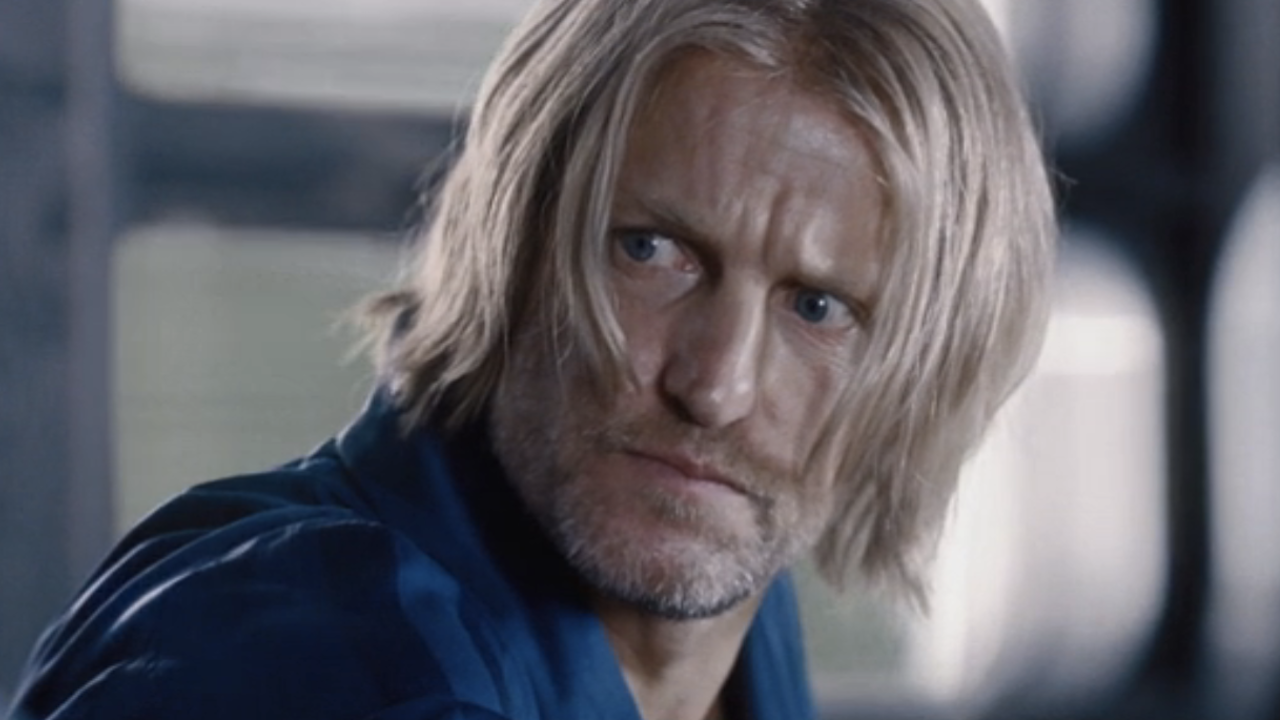The Story Behind Why Buffy The Vampire Slayer Changed Networks Mid Run
Plus, what Sarah Michelle Gellar had to say about the big move.

Buffy the Vampire Slayer isn't just one of television's best teen dramas—one of the greatest TV shows of all time, full stop. With '90s icon Sarah Michelle Gellar leading the Buffy the Vampire Slayer cast through seven seasons of supernatural hijinks and teenage hormones as its butt-kicking, vamp-staking heroine Buffy Summers, the series would come to define its network, The WB, and usher in a golden age of teen-focused TV. However, while TV fans may wistfully remember tuning in to the supernatural teen drama alongside other '90s-era The WB classics like Dawson's Creek, several seasons of Buffy the Vampire Slayer actually aired on another network entirely: UPN.
After five seasons at the WB, it transferred to the United Paramount Network for its final two editions, with the finale airing on UPN on May 20, 2003. But how, and why? Here's the story behind why Buffy the Vampire Slayer switched networks in the middle of its run.
Why Buffy The Vampire Slayer Changed Networks Mid Run
As The New York Times reported back in 2001, the broadcast network move was due to a deal between News Corporation — which owned 20th Century Fox Television, the production studio behind Buffy the Vampire Slayer as well as fellow WB titles including Angel and Roswell — and UPN, whose affiliate stations News Corp. was acquiring.
At the time, The WB released a statement in response to the news:
20th Television has made an inauspicious decision for the television industry by taking one of their own programs off of a nonaffiliated network and placing it on a network in which they have a large vested interest.
However, the powers that be over at the Fox studio alleged that their decision was less out of network nepotism and was purely a financial one. UPN would go on to order 44 episodes of Buffy to air over two years, at $2.3 million per episode. The WB was allegedly paying $1 million an episode.
As reported by the Times, Sandy Grushow — then-chairman of the Fox Television Entertainment Group — retaliated to the WB's claims, saying:
If News Corporation didn't own a single UPN station we would have made the exact same deal. We believe that there is enormous upside potential at UPN and given their passion for the show, given their commitment for the show, we believe they have every opportunity to raise the bar for Buffy.
Buffy the Vampire Slayer would move to UPN for its sixth season starting in October 2001. Fellow supernatural teen show, Roswell, would join Buffy in the move from the WB to UPN due to low ratings.
CINEMABLEND NEWSLETTER
Your Daily Blend of Entertainment News
What Did Sarah Michelle Gellar Say About Buffy's Move To UPN?
Buffy's star initially wasn't happy with the news that the series that made her a household name would be leaving its former home. Sarah Michelle Gellar told E! Online back in 2001:
I will stay on Buffy if, and only if, Buffy stays on the WB. And you know what? Print that. My bosses are going to kill me, but print that. I want them to know...The WB has been so supportive, such a great network over the past four years. It feels like home. I don't want the show to move, because I feel that we belong on the WB. It's where our fans are. If Buffy leaves the WB, I'm out.
Of course, that's not what ended up happening: the Golden Globe-nominated actress would continue starring as Buffy Summers through the final two seasons of the series as it aired on UPN. And those UPN-era seasons did gift fans some of the best episodes of Buffy the Vampire Slayer ever, including Season 6's "Seeing Red" and the stunning series finale "Chosen."
Ironically, the end of Buffy in 2003 would also signal the end of UPN, as that broadcast network ended up merging with The WB to create the channel we now know as The CW. As The Los Angeles Times reported in January 2006, Warner Bros. Television Group President Bruce Rosenblum said:
It came down to two very large and very well-funded media companies trying to take one seat at the table. Rather than battling the network business, we were battling each other.
And while it's unclear if that Buffy the Vampire Slayer revival is ever going to happen — and on what network — you can still revisit the adventures of Buffy Summers, the Scooby Gang and the rest of Sunnydale by streaming the series with a Hulu subscription.
Christina Izzo is a writer-editor covering culture, entertainment and lifestyle in New York City. She was previously the Deputy Editor at My Imperfect Life, the Features Editor at Rachael Ray In Season and Reveal, as well as the Food & Drink Editor and chief restaurant critic at Time Out New York. Regularly covers Bravo shows, Oscar contenders, the latest streaming news and anything happening with Harry Styles.









